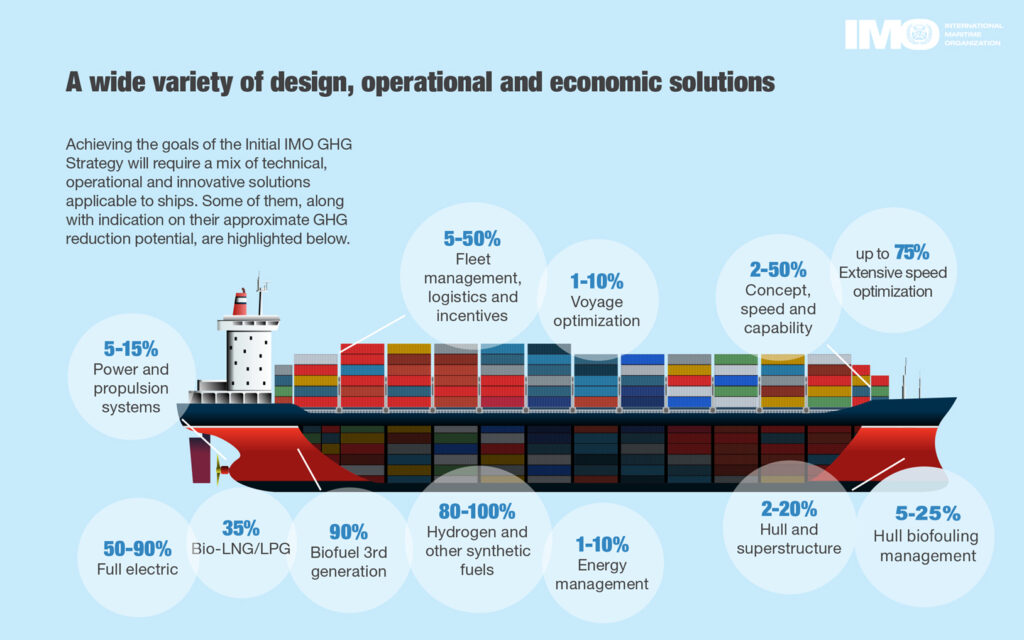BC-SMART Webinars
BC-SMART/IEA Bioenergy Task 39 Virtual Panel Discussion – Decarbonising the marine sector: Progress and Aspirations
The virtual panel discussion was held via Zoom on December 3rd, 2020 from 8:30-10:00 PST (11.30 – 14.00 EST, 17.30 – 19.00 Central European Time). The list of panel members and their short bios are summarized in the flyer.
Decarbonising the marine sector: Progress and Aspirations Panel Discussion recording
Decarbonising the marine sector: Progress and Aspirations Panel Discussion minutes
About marine sector
Among the long-distance transport modes, the marine sector transport more than 80% of global commodities and contributes 2-3% of the global CO2 emissions. The marine sector is made up of 85,000 registered vessels divided into small, medium, large, and very large oceangoing ships. Although the two latter groups account for just 20% of the vessels, they make up approximately 80% of the sectors gross tonnage and consumed fuel. Despite being one of the least carbon-intensive means of long-distance transport, the marine sector uses 350-400 million tons of ‘cheap-and-dirty’, heavy fuel oil (HFO). The combustion of HFO in the marine sector contributes 4-9% of sulphur oxides (SOx) and 10-15% of nitrogen oxides (NOx) of the world’s global emissions.
The International Maritime Organization (IMO) has also developed a strategy on reduction of GHG emissions from ships. Reduction of CO2 emissions per transport work (carbon intensity) by at least 40% by 2030, with a goal of 70% reduction by 2050, compared to 2008. In addition, by 2050, total annual GHG emissions from international shipping must be reduced by at least 50% compared to 2008. The IMO GHG Strategy’s aims will need a combination of technological, operational, and innovative solutions that may be applied to ships. In the following chart, overall GHG reduction pathways to achieve IMO’s ambitious with an estimate of their ability to reduce GHG emissions is shown. Obviously, among innovative solutions applicable to ships, reduced carbon intensity of fuel have a dominate impact on decarbonizing the sector.

Although low emission/green electricity can be used for in harbour and coastal shipping (i.e. ferries and tugboats) in the short-to-midterm, trans-oceanic vessels will likely need a low carbon drop-in fuel to decarbonise. Based on the recent IMO report, aligning with the Paris Agreement’s goal would require carbon intensity reductions from shipping of 6%–7% annually until 2030 which are significantly higher than previous annual GHG reductions 1-2% estimation. Despite the significance of shipping to global trade, the major shipping routes are connected by a relatively small number of ports. Consequently, a large part of global fuel supply and its associated infrastructure is concentrated in a few locations and the supply of low carbon fuels might be restricted to a few ports such as Rotterdam and Singapore.
Supported by:


